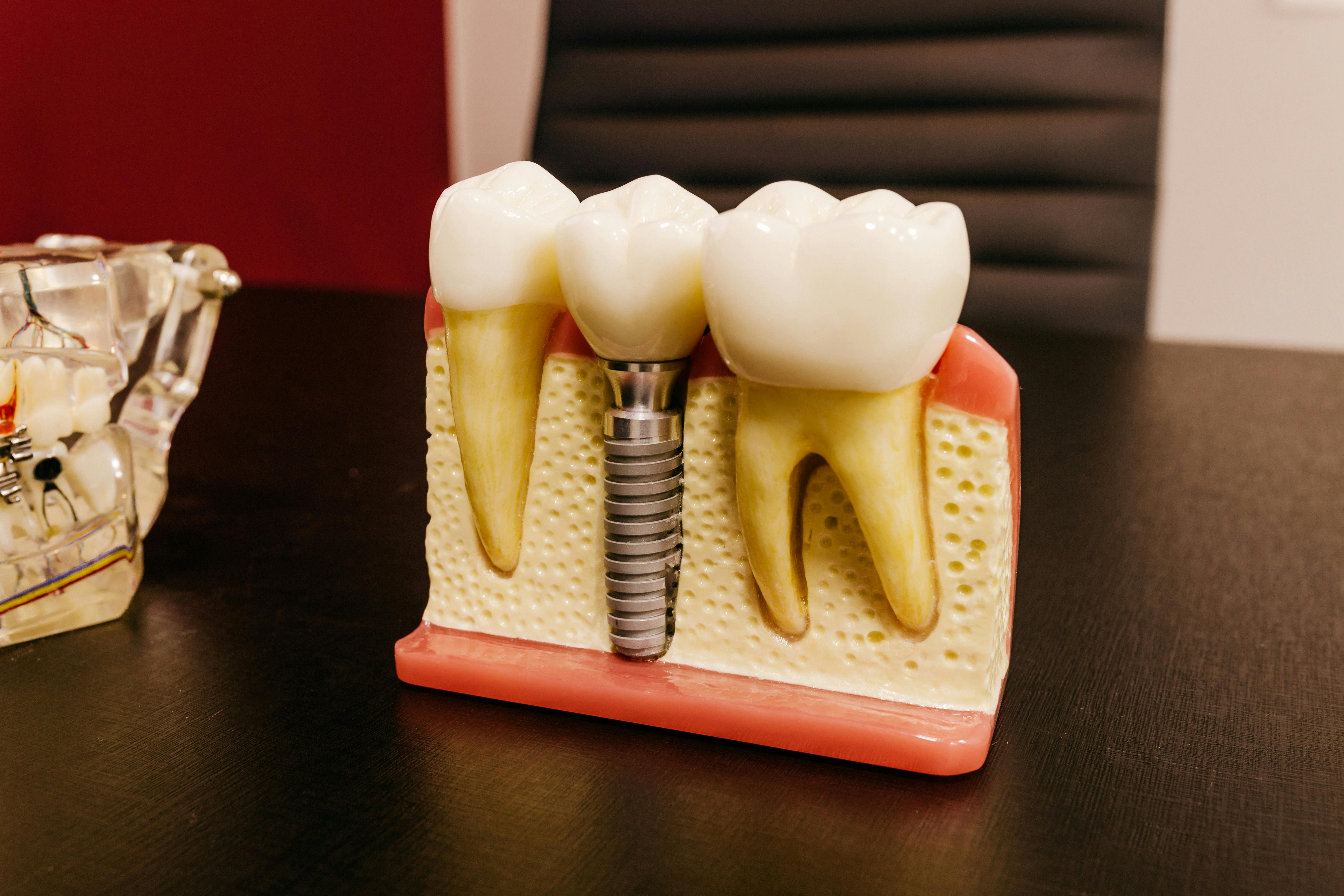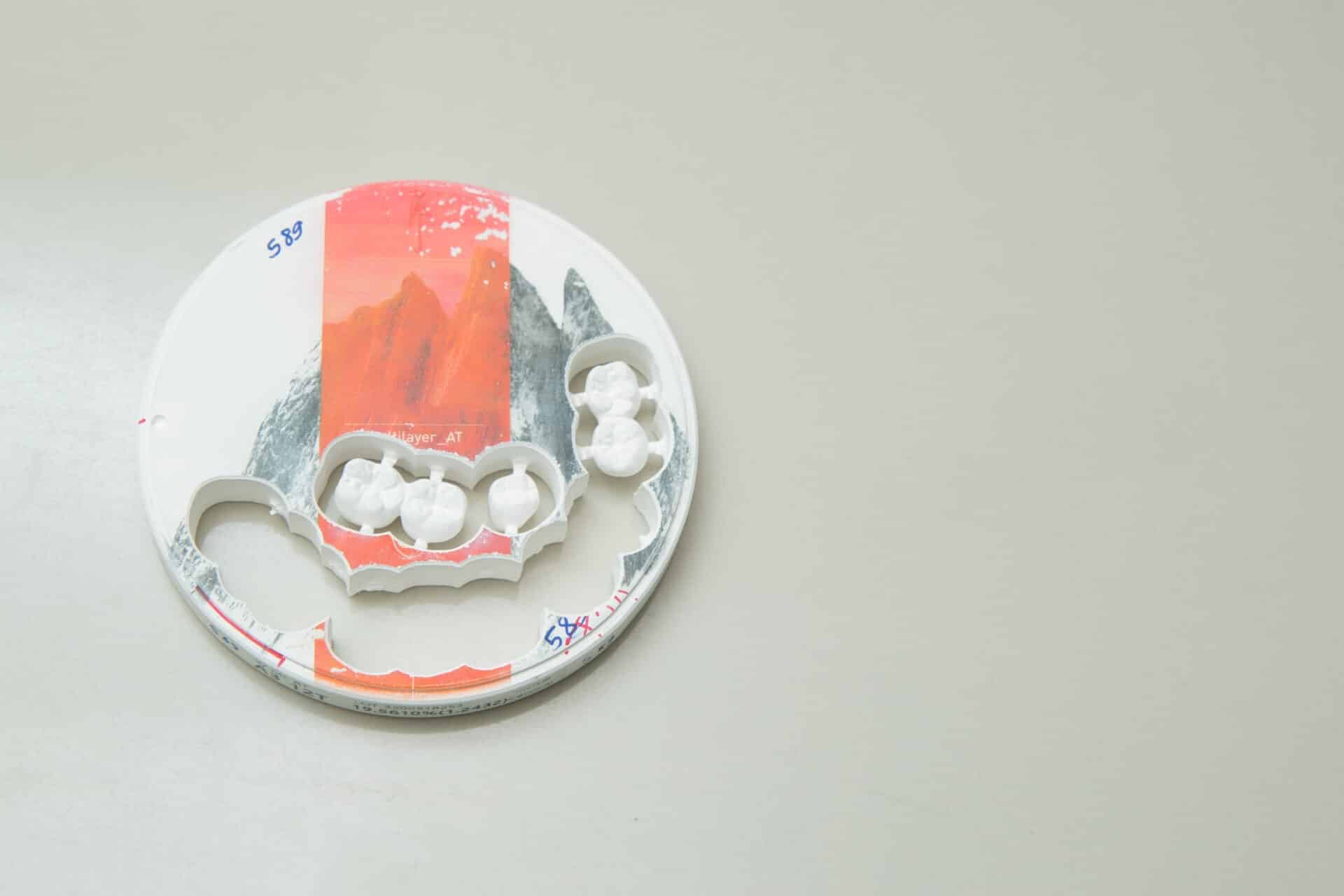Tooth demineralization is a common problem that can affect the health of your teeth. It occurs when the minerals that make up tooth enamel are lost due to acid attack, leaving teeth weak and prone to decay. Fortunately, there are ways to fix tooth demineralization and protect your teeth from further damage. In this article, we will discuss what causes tooth demineralization and how to fix it. We will also outline some preventative measures you can take to ensure your teeth remain healthy and strong for years to come.Tooth demineralization is the process by which minerals (such as calcium and phosphate) are lost from the enamel of the teeth. It is caused by acids that are produced when bacteria in plaque break down sugars, starches, and other carbohydrates from the food we eat. If left unchecked, tooth demineralization can lead to cavities, or dental caries.
Tooth Demineralization
Tooth demineralization is a process that leads to the weakening of enamel, the hard protective outer layer of the teeth. When this happens, the teeth become more vulnerable to cavities and other dental problems. The most common causes of tooth demineralization include poor oral hygiene, sugary foods and drinks, acidic foods and beverages, and dry mouth.
Poor Oral Hygiene: Poor oral hygiene is one of the most common causes of tooth demineralization. When plaque builds up on the teeth and is not removed, it can lead to mineral loss in the enamel. Plaque forms when bacteria, food particles, and saliva mix together in your mouth. Plaque can be removed with regular brushing and flossing.
Sugary Foods and Drinks: Sugary foods and drinks are another major cause of tooth demineralization. The sugar reacts with bacteria in your mouth to produce acid which can weaken the enamel on your teeth. It’s important to limit your consumption of sugary snacks and drinks as much as possible in order to protect your teeth from demineralization.
Acidic Foods and Beverages: Acidic foods and beverages also contribute to tooth demineralization by softening enamel over time. Examples include citrus fruits, pickles, vinegar-based dressings or sauces, soft drinks, energy drinks or sports drinks with citric acid added for flavor or preservatives. It’s important to limit your consumption of these foods to reduce the risk of tooth demineralization.
Dry Mouth: Dry mouth is another common cause of tooth demineralization because saliva helps protect teeth from being weakened by acids in food and drink consumed throughout the day. Saliva also helps wash away food particles that can contribute to plaque buildup on teeth if left unchecked for too long. People who suffer from dry mouth due to medications or health issues should take extra care when it comes to their oral hygiene routine as this can help minimize mineral loss in their enamel over time
Signs and Symptoms of Tooth Demineralization
Tooth demineralization is a condition that occurs when the minerals in the tooth enamel are lost due to acid attack. This can be caused by a variety of factors, including poor oral hygiene, excessive consumption of acidic foods and beverages, and certain medications. The signs and symptoms of tooth demineralization can vary depending on the severity of the condition. Common signs and symptoms include sensitivity to cold or hot foods, discoloration of the teeth, chalky white spots on the surface of the teeth, increased risk for cavities and decalcification.
The most common symptom associated with tooth demineralization is an increased sensitivity to cold or hot food and drinks. This is due to a thinning of the enamel layer that protects the dentin below. As the enamel wears away, it exposes tiny holes in which food particles can reach exposed nerve endings in the dentin layer causing discomfort.
Another sign associated with tooth demineralization is discoloration or staining of the teeth. As minerals are lost from enamel, it becomes more porous allowing for staining agents such as coffee and tea to penetrate more deeply into the tooth structure causing discoloration.
Chalky white spots may also be visible on some areas of affected teeth due to mineral loss. These spots are an indication that a cavity has begun to form because certain minerals have been removed from that area making it prone to decay.
Lastly, people suffering from tooth demineralization may experience an increased risk for cavities in their teeth due to weakened enamel caused by mineral loss. The weakened enamel provides less protection against bacteria found in plaque leading to an increased risk for cavities and decay.
Diagnosis of Tooth Demineralization
Dental professionals use a variety of methods to diagnose tooth demineralization. One of the most common ways is to perform a visual examination of the teeth and gums. During this examination, the dentist will look for any signs of discoloration, such as white or yellow spots on the surface of the teeth. They will also check for any signs of cavities or other damage that could indicate demineralization. In addition, they may take x-rays to get a better look at the condition of the tooth enamel below the surface.
Another way to diagnose tooth demineralization is through saliva testing. This involves collecting saliva samples from the patient and analyzing them for pH levels and other indicators that can tell if demineralization is occurring. If it is determined that demineralization is occurring, then further testing may be conducted to determine what type of treatment may be necessary.
Finally, there are certain medical conditions that can contribute to demineralization, such as diabetes or celiac disease. If these conditions are present, then your dentist will perform additional tests to confirm if they are contributing factors before beginning treatment.
Preventive Measures for Tooth Demineralization
Tooth demineralization is a common problem that can lead to tooth decay and other dental problems. In order to prevent tooth demineralization, it is important to maintain good oral hygiene and practice regular dental care. Brushing twice a day with a fluoridated toothpaste, flossing daily, and using an antibacterial mouthwash are all important steps that should be taken in order to keep teeth healthy and strong.
In addition to maintaining good oral hygiene, there are other preventive measures that can help reduce the risk of tooth demineralization. It is important to limit sugary foods and drinks, as these can contribute to the demineralization process. Eating a balanced diet with plenty of fruits and vegetables can also help protect teeth from demineralization. Avoiding smoking or chewing tobacco can also help reduce the risk of tooth decay and other dental issues associated with demineralization.
Finally, regular visits to a dentist are essential for preventing tooth demineralization. During these visits, a dentist will be able to identify any potential issues before they become too severe and provide advice on how best to care for your teeth in order to minimize the risk of demineralization. A dentist may also recommend fluoride treatments or sealants in order to further protect teeth from damage.

Reversing Early Signs of Tooth Demineralization
Tooth demineralization is a common oral health issue that can cause the enamel of your teeth to weaken and become more susceptible to decay. It can lead to cavities, discoloration, and other issues with the appearance and structure of your teeth. Fortunately, there are steps you can take to reverse early signs of tooth demineralization and protect your teeth from further damage.
One of the first steps in reversing early signs of tooth demineralization is to reduce the amount of sugar in your diet. Sugar is one of the most common causes of tooth demineralization, as it provides a source of fuel for bacteria in your mouth. Reducing sugary snacks and drinks will help reduce the amount of bacteria on your teeth and help protect against further damage.
It’s also important to maintain good oral hygiene habits in order to reverse early signs of tooth demineralization. Brushing twice a day with a soft-bristled toothbrush and fluoride toothpaste will help remove plaque buildup that can contribute to demineralization. Flossing regularly will help remove plaque from between teeth where brushing may not reach.
Eating foods that are high in calcium and other minerals can also help reverse early signs of tooth demineralization. Foods such as dairy products, leafy greens, nuts, seeds, seafood, and fortified cereals are all good sources of calcium that can help strengthen enamel and prevent further damage.
Finally, it’s important to visit your dentist regularly for checkups and cleanings. A professional dental cleaning will remove plaque buildup that regular brushing may have missed, helping protect against further demineralization. Your dentist may also recommend additional treatments or products such as fluoride treatments or special mouth rinses that can help prevent or reverse early signs of tooth demineralization.
Treatment Options for Tooth Demineralization
Tooth demineralization is a common problem that occurs when the enamel of the teeth becomes weakened and susceptible to damage. Treatment for tooth demineralization varies depending on the severity of the problem. Generally, treatment can range from preventive measures to restorative treatments.
Preventive measures are typically used to help stop further demineralization. These include regular brushing and flossing, avoiding sugary or acidic foods and drinks, using fluoridated toothpaste and mouthwash, using a soft toothbrush, and scheduling regular check-ups with your dentist.
If preventive measures are not enough to stop or reverse the demineralization process, restorative treatments may be necessary. These treatments can include fluoride treatments, sealants, bonding agents, fillings, or crowns. Fluoride treatments involve the application of a topical fluoride solution that helps to remineralize weakened enamel. Sealants are thin plastic coatings placed over teeth to prevent further decay. Bonding agents are applied directly to the teeth to strengthen them and help prevent further damage. Fillings are used to restore cavities caused by demineralization and crowns may be necessary for more severe cases.
No matter what type of treatment is used, it is important that you continue practicing good oral hygiene habits in order to prevent any further damage from occurring. Brushing and flossing regularly as well as avoiding sugary or acidic foods will help keep your teeth healthy and strong for years to come. Regular visits with your dentist will also help ensure that any demineralization is caught early on before it becomes a more serious problem.
In conclusion, there are several options available for treating tooth demineralization depending on its severity. Preventive measures such as regular brushing, flossing and avoiding sugary or acidic foods can help stop further damage from occurring while restorative treatments such as fluoride treatments, sealants, bonding agents or fillings can be used to reverse existing damage. It is important that you continue practicing good oral hygiene in order to maintain healthy teeth in the long run.
Protecting Teeth from Demineralization
Demineralization is a process that occurs when calcium and other minerals are lost from the enamel of the teeth, leading to decay and cavities. Fortunately, there are steps that can be taken to protect teeth from demineralization and help prevent damage. Here are some tips for keeping your teeth healthy:
Brush and floss regularly. Regular brushing and flossing helps remove plaque build-up which can lead to demineralization. Aim to brush your teeth twice a day with fluoride toothpaste, and floss at least once a day to remove plaque from between the teeth.
Use an antibacterial mouthwash. Using an antibacterial mouthwash can help reduce bacteria in the mouth which can cause demineralization. Look for mouthwashes that contain fluoride or other minerals that help replace those lost during demineralization.
Limit sugary foods and drinks. Consuming too many sugary foods and drinks increases the risk of tooth decay due to demineralization, so try to limit these as much as possible. If you do eat or drink something sweet, try brushing your teeth or rinsing your mouth with water afterwards.
Drink more water. Drinking plenty of water helps flush out bacteria in the mouth which can lead to demineralization, as well as helping to keep your mouth hydrated. Try to drink at least 8 glasses of water each day for maximum benefits.
Visit your dentist regularly. Visiting your dentist every 6 months for a check-up allows them to detect any signs of demineralization early on and act accordingly before it becomes a major problem. They may also be able to recommend ways that you can further protect your teeth from damage due to demineralization such as special toothpastes or treatments like sealants or fluoride varnish applications

Conclusion
Tooth demineralization is a common issue that can cause significant damage to the teeth. Fortunately, there are several steps that can be taken to prevent and repair the damage caused by demineralization. These steps include avoiding highly acidic foods and drinks, using a toothpaste that contains fluoride, practicing good oral hygiene habits, and seeing your dentist regularly. Additionally, certain treatments such as remineralization and fluoride treatments can help repair any damage already done by tooth demineralization. By implementing these preventive measures and treatments, it is possible to protect your teeth from the effects of demineralization and keep your smile healthy.
Ultimately, it is important to be aware of the potential risks of tooth demineralization in order to take the necessary steps to avoid it. With regular visits to your dentist and proper oral hygiene practices, you can ensure that your teeth remain healthy for years to come.

